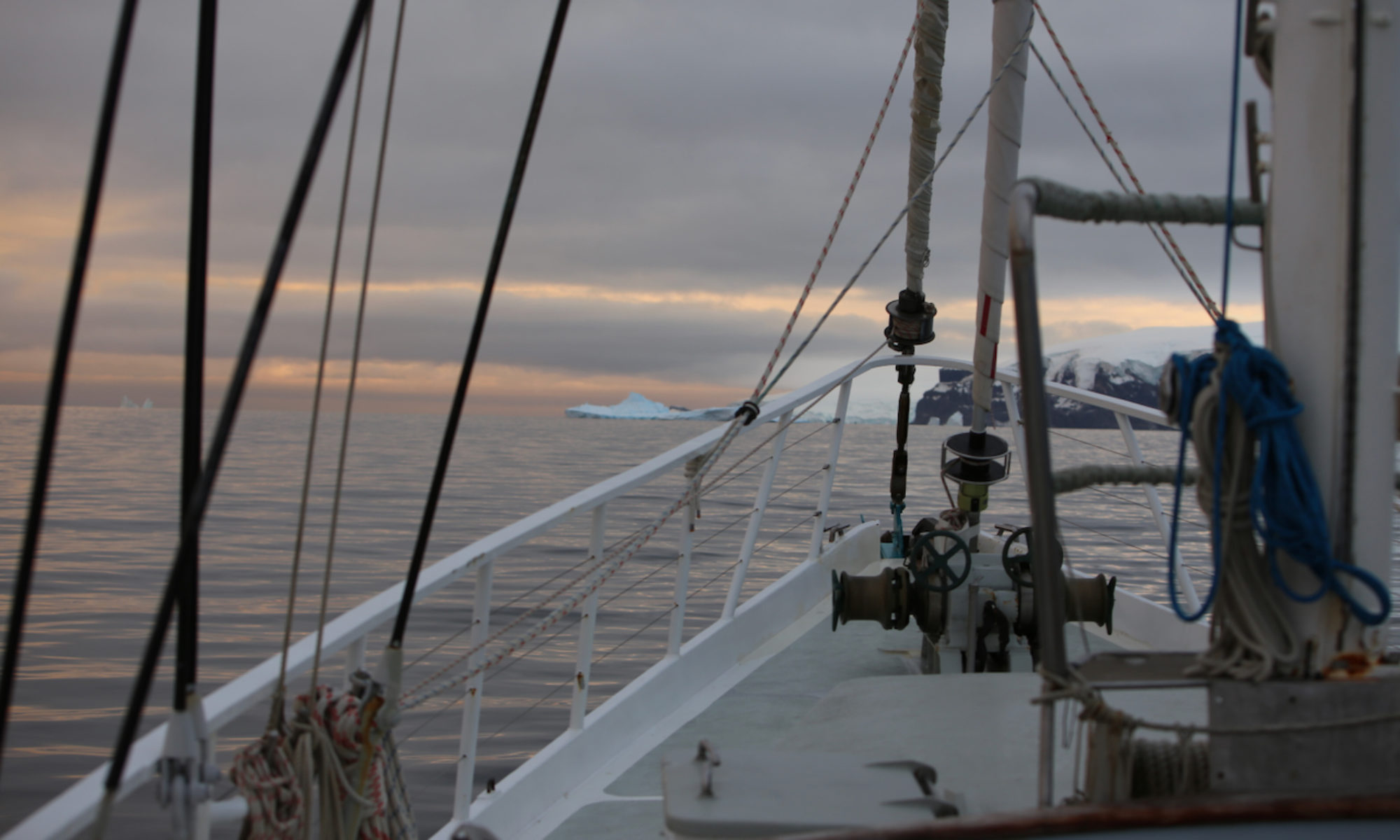When people ask me what I do for work, I reply “I am a marine biologist”.The excitement then brings about the second question “oh wow! What do you study?” and often this initial excitement is soon killed off by my second answer : “sediment and worms” 😉 but not always though, I still manage to convince people of how awesome my job is! Yes, I am one of those scientists to whom sand can speak and who find delight exploring a hidden world which cannot be fathom by the eye, but it needs a microscope and lots of patience to be witnessed and discovered. I work with soft sediments and a size class of organisms that live in them known as MEIOFAUNA…animals – yes, animals : they are multicellular, have organs and “limbs” a bit like us but are super tiny and they pass through a mesh sieve of 1 mm!!. Since the beginning of our cruise B121 I have explored during my dives the shallow bottoms of each location we have been visiting seeking for sand and mud. I have set out to collect sediment either by means of cores (plexiglas tubes which use vacuum to bring back on land a perfectly intact piece of the sea bottom!) or simply by scooping the surface of the sea bottom where sediment patches could be found. What do I wish to find out by looking at these communities? I want to see what is their overall biodiversity in between the different sites we study since there are many different animals that live in the sediments in that size range, and their presence or absence from one location can tell us a lot about the health of the sea bottoms, for instance about how well is the recycling potential of the sediments doing in relation to the glacier retreat activity. It sounds very scientific right? But at the end of the day, I am just a girl having fun underwater and playing with mud on the surface! Look at this picture of me and Ryan (first mate on board) setting up my outdoor laboratory in the back of the Australis where I was dedicated a little space to where to make it dirty for a little while!








